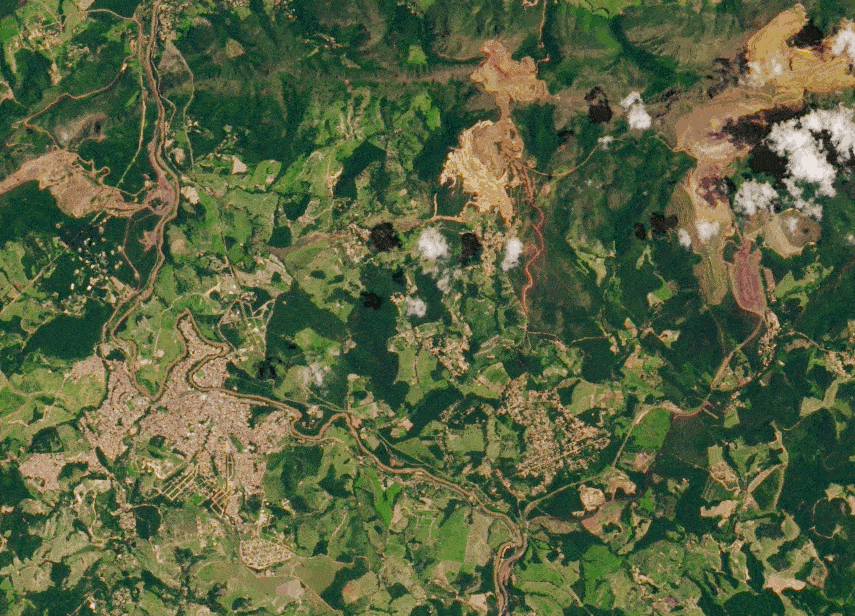
A coalition of organizations opposed to the proposed PolyMet copper-nickel mine in northern Minnesota say some of its waste basins will suffer the same flaws that led to a recently deadly failure in Brazil.
The Minnesota Center for Environmental Advocacy, WaterLegacy, and the Fond du Lac Band of Lake Superior Chippewa say PolyMet would use the same design for its tailings basin dam, which was designed by the same engineer, as the Corrego do Feijao iron mine dam in Brazil in January.
The Brazil mine’s dam failure caused massive amounts of damage to downstream communities, and killed at least 169 people.
“It might seem that this is far away from Minnesota, but PolyMet’s proposed mine tailings dam shares three direct connections with the dam that failed in Brazil,” MCEA wrote.
PolyMet’s previous analysis also depended on the same methods as were used in Brazil to evaluate risk. Engineer Scott Olson used the method in 2013 to determine the Brazil mine dam was safe.
Same dam design

Since the Corrego do Feijao disaster, Brazil has moved to ban the type of dam design. PolyMet would construct a 252-foot high tailings dam on top of an existing taconite tailings basin. Worldwide, two-thirds of dam failures have involved upstream dams.
The groups delivered a petition to the Minnesota Department of Natural Resources calling for the mine to be blocked while additional analyses are done.
“The direct connections between the disaster in Brazil and PolyMet’s proposed dam are frightening,” stated Kathryn Hoffman, Chief Executive Officer of the Minnesota Center for Environmental Advocacy. “The Minnesota DNR needs to halt their permits and reconsider PolyMet’s dangerous mine tailings dam before a tragedy happens here.”
The owner of the Brazil mine has now announced it will immediately halt activities and begin decommissioning all its dams that use an “upstream” design. The Brazilian government has also announced that it is banning all such dams, and requiring any currently in use be decommissioned by 2021.
A New York Times investigation after the Brazil disaster found that there are 87 other dams in Brazil using the dam design. A similar incident occurred in 2015, making “it clear that neither the mining industry nor regulators have the situation under control.”
In a petition on MCEA’s website, the organization says, “There are no specific rules for mine tailings dams, and the DNR currently relies on rules that apply to all dams. It’s time for the Legislature and the Governor to take action to increase standards and address the risk, especially since even Brazil is moving forward quickly to eliminate upstream dams.”
The groups submitted a formal Request for Reconsideration, asking the agency to reconsider permits issued to PolyMet for its dam design. Shortly after the Brazil incident, the groups sent letters to the DNR requesting the agency study the similarities in construction models.
Previous appeals from environmental groups about PolyMet’s permits are currently under consideration at the Minnesota Court of Appeals.

